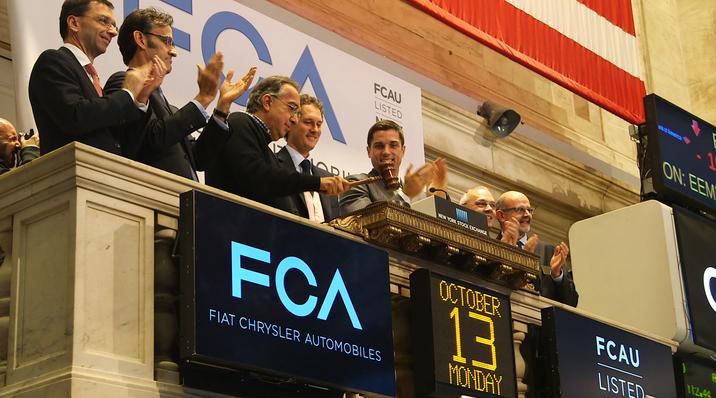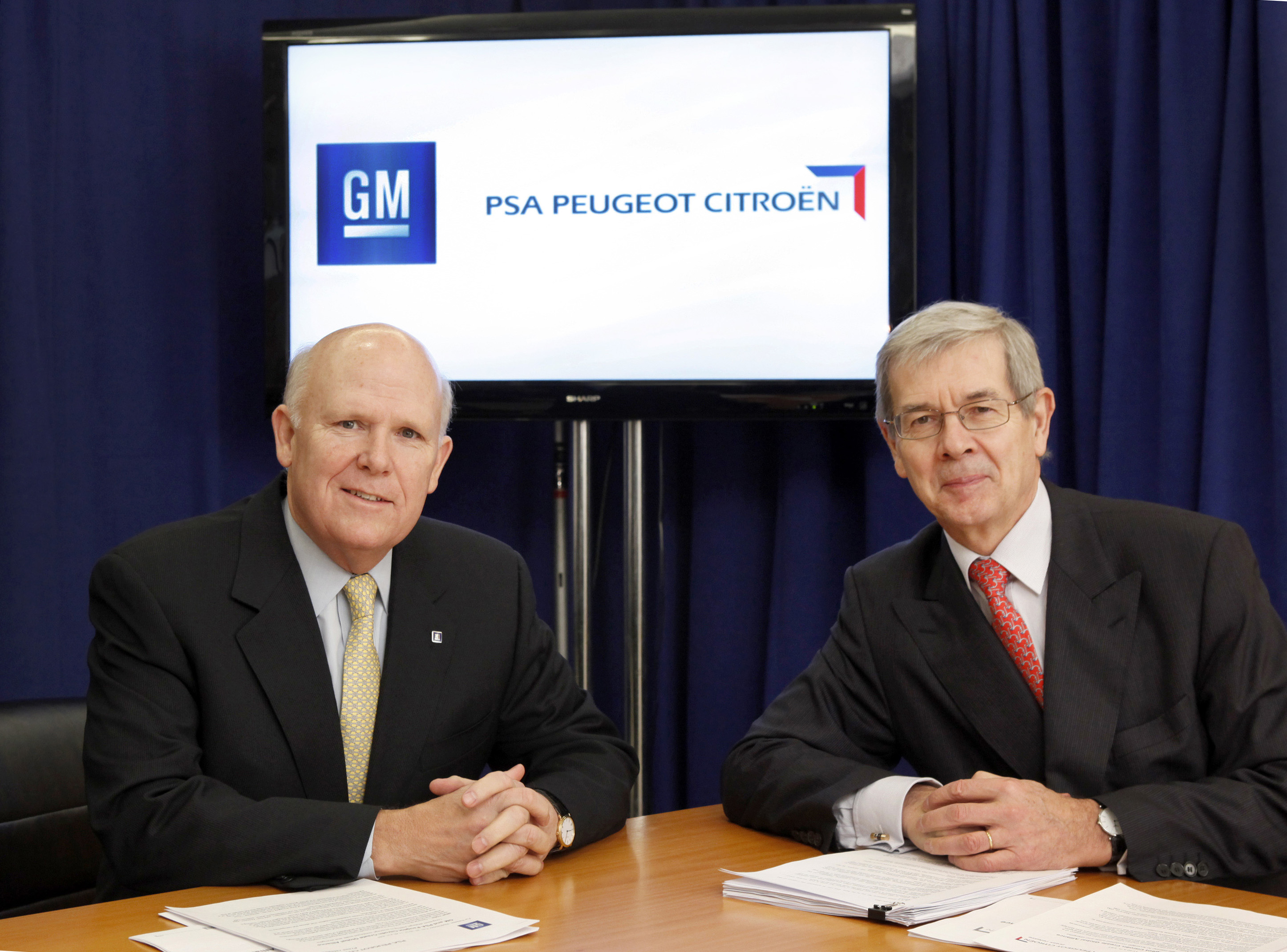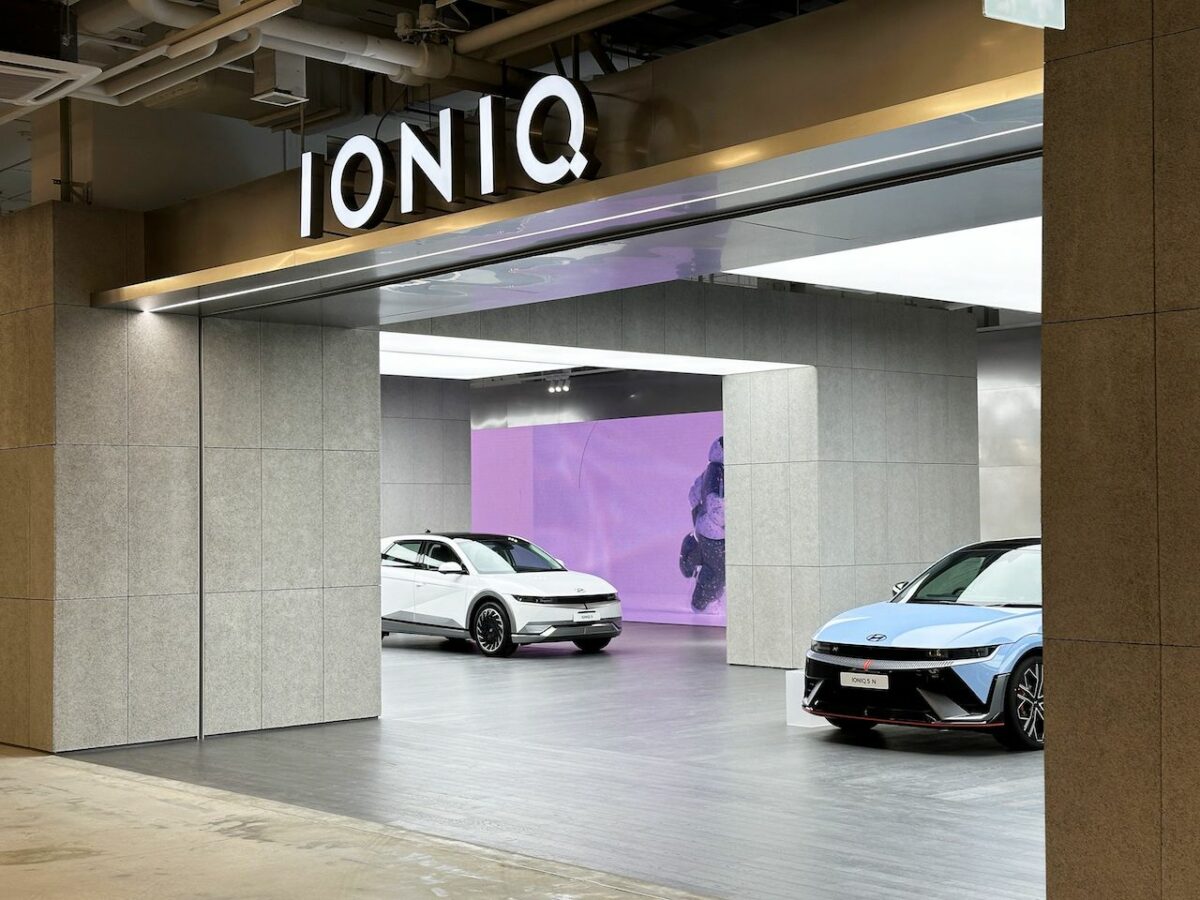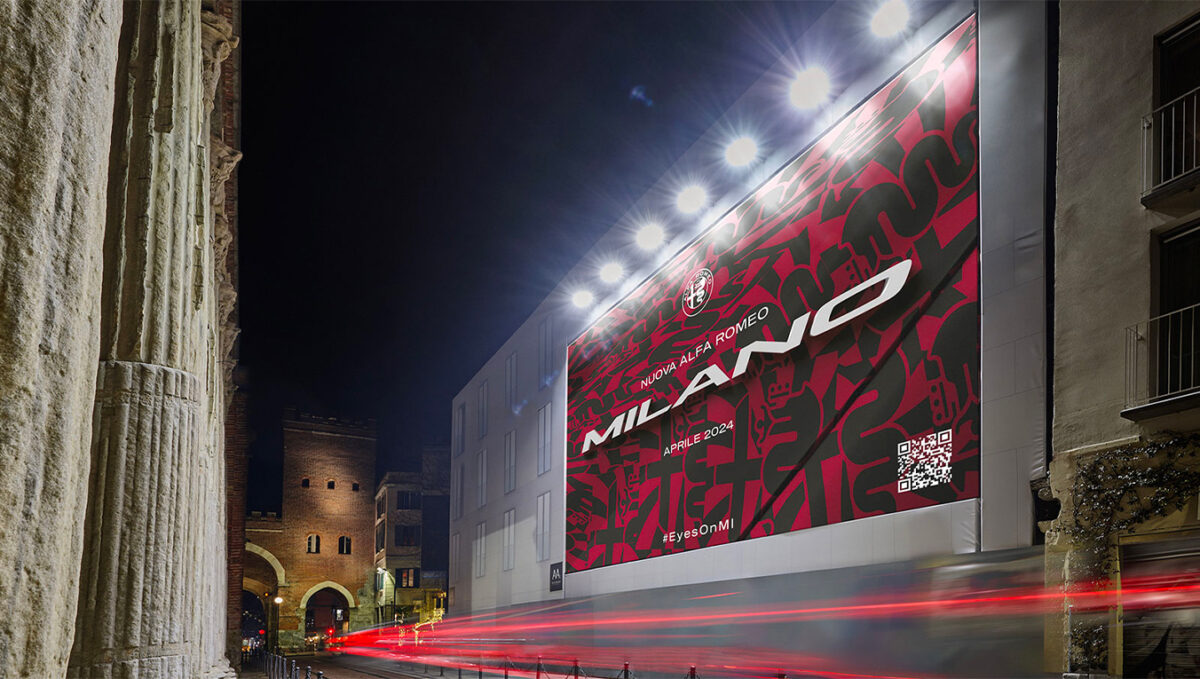Automotive industry watchers know only too well of the potential for mergers and acquisition (M&A) among automakers and suppliers. They know only too well the level of speculation, analysis and forecasting that accompanies rumours of M&A activity; and they know only too well the forcefulness of ambitious C-suite executives keen to create a legacy, who push for deals and tie-ups based on potential outcomes, with detail and complexity delegated to lower level management and expensive management consultants.
The attraction is clear: mergers and acquisitions offer scale, access to technology and R&D, and geographic expansion. Pull it off, and the rewards are great, and can even save a company. Look, for example, at the record of M&A enthusiast Sergio Marchionne: he took on the role of Chief Executive of Fiat Group in 2004, when the troubled company had a market capitalisation of US$5.8bn; in 2014, Marchionne and Fiat Chrysler Automobiles Chairman John Elkann oversaw the first day of trading of the new FCAU stock on the New York Stock Exchange, and in July 2018, shortly before Marchionne’s untimely passing, the combined market capitalisation of FCA, Ferrari and CNH Industrial (now all separately quoted companies) stood at US$75.5bn. And Marchionne believed FCA still needed a partner.

The death of Marchionne, the arrest and subsequent removal of Carlos Ghosn from the Renault Nissan Mitsubishi Alliance, and the more recent retirement of Daimler’s Dieter Zetsche have significantly changed the automotive industry landscape at C-suite level. After reportedly failing to secure a deal with PSA, and with Nissan making clear its lack of interest in Ghosn’s merger plans, FCA saw an opportunity for an equal merger with Renault. A rollercoaster few days in which the merger seemed almost certain ended suddenly with FCA walking away.
That decision complicates things for both parties. FCA’s volte-face came almost as quickly as its initial offer, catching Renault—and Nissan—off guard on both occasions. Having now attempted and failed to agree some kind of ‘M’ or ‘A’ with almost every major automaker, options for FCA appear very limited indeed; and FCA’s concern about French government interference has exposed Renault’s weakness, too.
The history of the automotive industry is one of mergers and acquisitions, with many of today’s major automakers the product of historical M&A activity. But the records are full of failures, too, some of them still painfully recent: Daimler-Chrysler, BMW-Rover, Fiat-GM, PSA-GM and VW-Suzuki.
Scale is important, particularly in an industry as cost-sensitive as this one. But scale only works if there are economies of scale. Duplicating purchasing, production and management benefits no one—but partnering on areas of mutual interest might hold the key, and it’s very much in vogue. Ford and Volkswagen have begun a cautious partnership on electrification, automation and light commercial vehicles; Jaguar Land Rover and BMW recently announced joint development of “next generation Electric Drive Units”; Daimler and BMW have joined forces on mobility services; Honda and GM have a partnership on autonomous drive technology; and numerous automaker collaborations exist to develop fuel cell vehicles.

The case for caution in M&A is one of the themes running throughout the latest edition of Automotive World’s annual report, ‘The world’s car manufacturers’. “This report has been produced for 22 years, and during that time the consolidation of the world’s automotive industry has been a consistent theme,” noted the report’s author, Jonathan Storey. “Automakers have frequently considered—and less frequently engaged in—merger, acquisition and joint venture activity,” Storey said, adding, “It is always worth remembering that another recurring theme of the reports has been the subsequent failure of many of these partnerships, and Daimler-Chrysler, BMW-Rover and VW-Suzuki are just three examples.”
Commenting on the most recent major M&A discussion, Storey said: “The dialogue between Renault and FCA, which was dominating the headlines at the time of producing the 2019 report, should be seen in this historical context, and follows several years in which FCA’s former Chief Executive, the late Sergio Marchionne, talked to a variety of companies about tie-ups.”

Much is changing in the global automotive industry, with automakers under pressure to develop new technologies demanded by the so-called CASE megatrends—connectivity, automation, sharing and electrification—and to quickly develop solutions at great expense in a time of slowing global vehicle sales. Such pressure might create ideal—if not urgent—conditions for M&A activity. Indeed, the 2019 edition of the report highlights a comment from the 2018 edition:”We will be surprised if, by the time of our 2019 report, there is not another major merger or acquisition to report upon.”
Yet Storey pours some cold water on suggestions that demands such as CASE make M&A activity any more likely than otherwise, reflecting on the industry’s historical tendency to seek out M&A opportunities where commercially attractive, or in order to meet the challenges of the day: “While current talks between automakers are being spurred on by the R&D demands of electrification, CO2 reduction and vehicle autonomy, these are only new words to a decades-old tune.”



